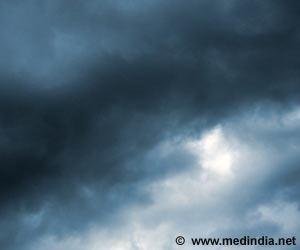To understand the impact of human activities on climate, Scientists have begun monitoring monsoons in the eastern Yangtze River Delta in China.
Scientists are for the first time tracking monsoons in the eastern Yangtze River Delta in China, to understand how human activities have impacted on climate change.
The team of scientists that is carrying out the research is from the Monsoon Asia Integrated Regional Study (MAIRS).Fu Congbin, chairman of the Scientific Steering Committee (SSC) of MAIRS, and his colleagues had found out that the most serious dry area in China was the semi-arid area in the northwest, also the northern boundary of summer monsoons, indicating a correlation.
Scientists under MAIRS, the first project on climate change initiated by Chinese scientists, had been following monsoon activities in the semi-arid areas of northwestern China for about a year to find out how the Asian monsoon system copes with changes in land coverage, water resources and air quality resulted from industrialization.
Under guidance of the SSC, which consists of 15 leading scientists from different Asian countries, MAIRS would start tracking monsoons in the eastern Yangtze River Delta soon.
The exact date of start depends on when MAIRS could persuade existing observation stations to join the program, according to Fu, who's also an academician at the Chinese Academy of Sciences (CAS).
The overall project is studying changes in monsoons in Asia, the most active monsoon region in the world, to find out how human activity has affected climate change.
Advertisement
Recent studies by the world's scientists show that increase in emissions of greenhouse gases, mostly carbon dioxide, and overuse of land and pastures are partly to blame for the decrease in crop output and abnormality in precipitation.
Advertisement
The MAIRS program will interact with international and regional research bodies such as the Global Environmental Change and Food Systems (GECAFS), Global Water System Project (GWSP), Global Carbon Project (GCP), and the Asian-Australian Monsoon Panel (AMMP).
Source-ANI
SAV/L









